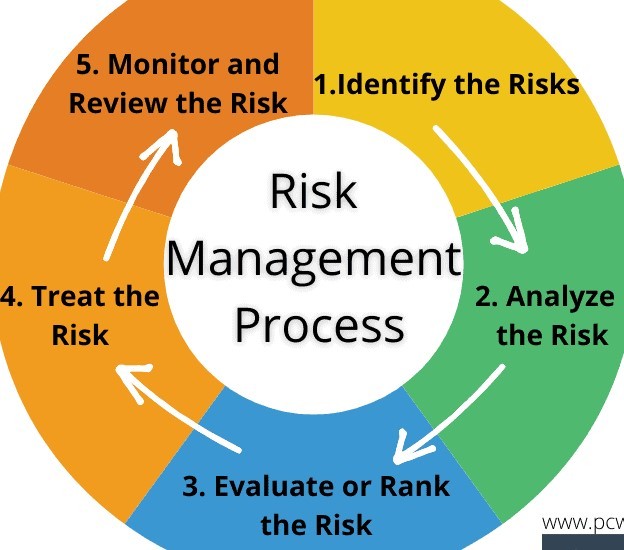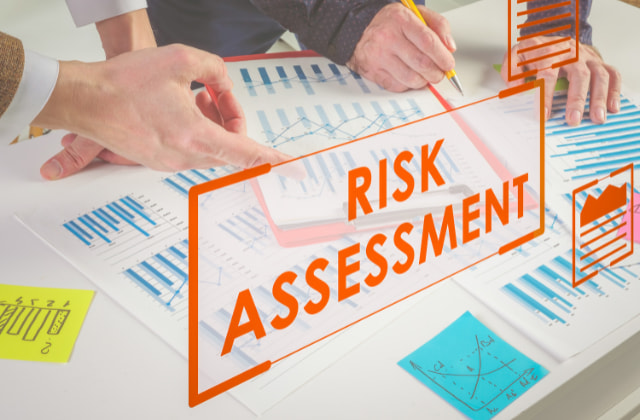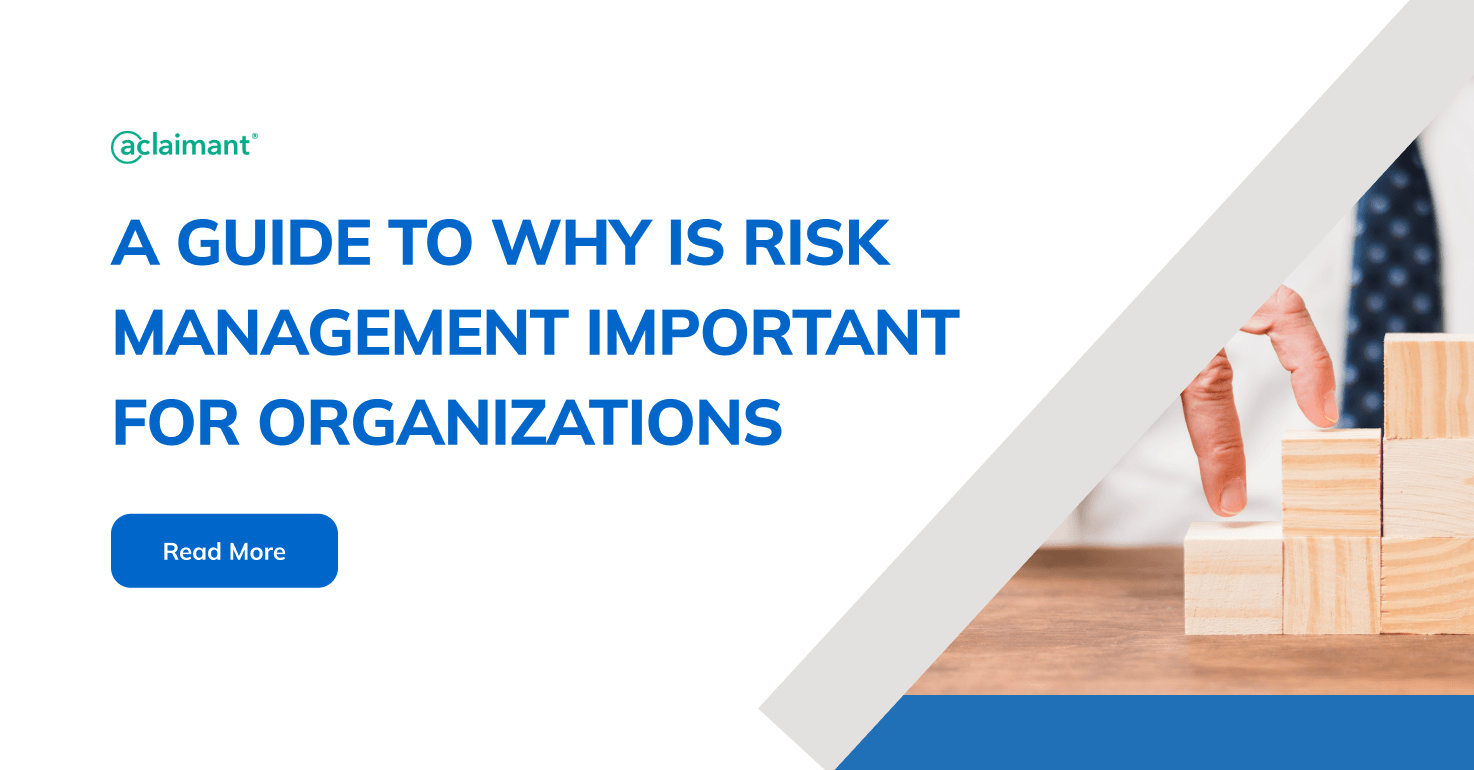The Vital Importance of Risk Management in Protecting Corporate Assets
The Vital Importance of Risk Management in Protecting Corporate Assets
Blog Article
The Importance of Recognizing the Relevance of Risk Management in Various Industries

The Core Principle of Risk Management and Its Purpose
Risk Management, the cornerstone of lots of markets, pivots on the recognition, evaluation, and mitigation of unpredictabilities in an organization atmosphere. It is an essential method that enables companies to protect their assets, track record, and overall survival. By appropriately determining potential dangers, companies can develop strategies to either protect against these threats from occurring or reduce their influence. The examination process entails assessing the possibility and prospective intensity of these threats. As soon as threats have been identified and assessed, the mitigation procedure entails devising methods to lower their potential effect. This procedure is cyclical and recurring, making certain that companies are prepared for the ever-changing nature of Risk in various industries. The main function, hence, is to cultivate resilience in the middle of uncertainties.
Advantages of Executing Risk Management in Organization Procedures

Unveiling the Duty of Risk Management in Different Industries
While every market confronts its one-of-a-kind set of threats, the implementation of Risk Management methods continues to be an usual denominator in their pursuit of sustainability and development. In the health care sector, Risk Management entails making sure person security and information visit the website security, while in financing, it involves mitigating investment threats and making certain governing conformity. Eventually, the function of Risk Management throughout markets is to determine, examine, and minimize threats.
Real-life Study Showing Successful Risk Management
To understand the relevance of Risk Management in these numerous sectors, one can look to a number of real-life circumstances that show the effective application of these steps. Toyota, post the 2011 earthquake in Japan, revised its supply chain Management to lessen disturbance threats. These instances show exactly how markets, learning from crises, effectively used Risk Management strategies to decrease future dangers.
Future Patterns and Advancements in Risk Management Techniques
As the globe remains to progress, so too do the fads and growths in Risk Management methods. Rapid innovations in innovation and data analytics are reshaping the Risk landscape. Big data and AI are now crucial in forecasting and reducing dangers. Organizations are leveraging these devices to build predictive models and make data-driven decisions. read Cybersecurity, when a peripheral issue, has catapulted to the leading edge of Risk Management, with approaches concentrating on discovery, prevention, and action. The integration of ESG (Environmental, Social, Administration) elements right into Risk Management is another growing trend, showing the raising acknowledgment of the duty that ecological and social threats play in organization sustainability. Thus, the future of Risk Management depends on the combination of innovative modern technology, ingenious approaches, and an alternative technique.
Conclusion
To conclude, comprehending the significance of Risk Management across a spectrum of sectors is vital for their durability and success. Tailored methods can help mitigate prospective dangers, secure properties, and foster stakeholder trust. In addition, positive decision-making help in regulatory conformity and maximizes resource use. Inevitably, effective Risk Management contributes to extra lasting and resilient businesses, highlighting the value of this method in today's dynamic and highly affordable business atmosphere.
While every industry confronts its one-of-a-kind set of risks, the implementation of Risk Management approaches continues to be an usual denominator in their quest of sustainability and development. In the health care market, Risk Management requires making sure client security and data protection, while in money, it entails mitigating investment risks their explanation and ensuring governing conformity. Eventually, the function of Risk Management throughout sectors is to identify, analyze, and minimize threats. These instances show how sectors, learning from dilemmas, efficiently used Risk Management methods to minimize future risks.

Report this page